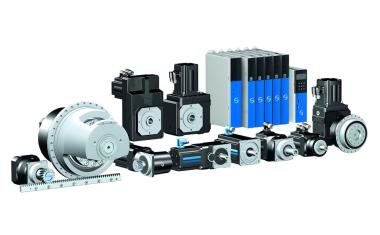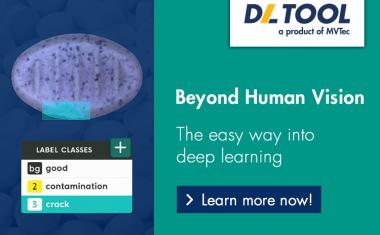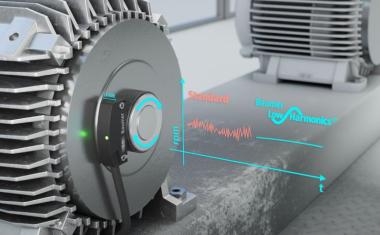Fluorescence microscopy with ease-of-use
PicoQuant has created a system that is easier to use without any compromise on sensitivity. It makes these systems accessible for users who do not enjoy the support of a trained physicist.
Over the past decades, the developers at PicoQuant have focused on making the most quantitative and reproducible time-resolved fluorescence microscopes. Their new Luminosa instrument now allows every researcher in molecular biophysics or structural biology to easily integrate methods from single molecule and time-resolved fluorescence microscopy into their toolbox.
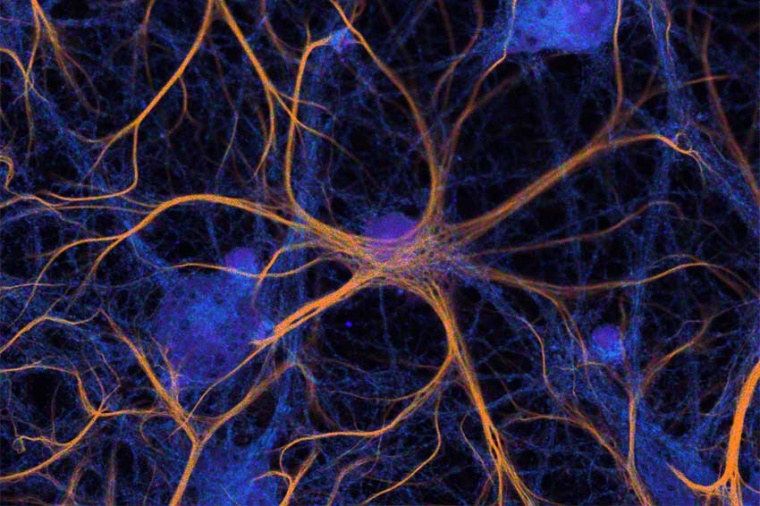
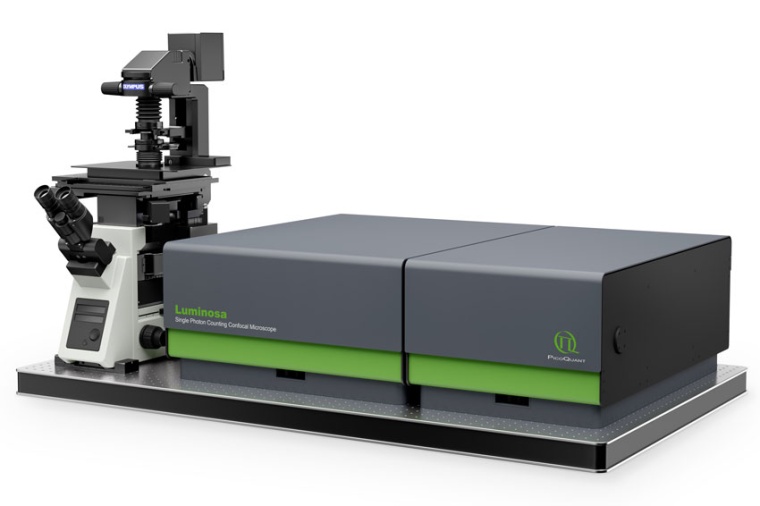
“Today, I need the help of my physics post-doc, when I want to exploit the capabilities of my single photon fluorescence microscope,” says a prominent group leader in biochemistry. “Your new system with this judicious technology would release him to do his actual work.”
That statement was given when developers from PicoQuant in Germany asked the professor for his feedback on their latest prototype of a new single photon counting fluorescence microscope. In the meantime, the prototype has become a full product named Luminosa.
Main features of the Luminosa system include a one-click auto-alignment procedure and context-based intuitive workflows. For example, the system can automatically recognize individual molecules, or it may determine correction factors for single-molecule FRET (smFRET) automatically.
For the experienced expert it still offers advanced flexibility. All optomechanical components are accessible, data is stored in open formats, and the workflow as well as the graphical user interface can be customized. The user is given full access to experimental parameters such as the adjustable observation volume.
The new Luminosa itself is a versatile toolbox for time-resolved fluorescence microscopy. It is made for research in dynamic structural biology at the single molecule level. The methodologies include fluorescence lifetime imaging (FLIM), rapidFLIMHiRes for fast processes, FLIM-FRET, single molecule FRET (burst and time trace analysis), fluorescence correlation spectroscopy (FCS), anisotropy imaging, and differential interference contrast (DIC) imaging.
As the user base of time-resolved fluorescence microscopy is expanding, the demand for reproducibility, accuracy, and general good practice rules becomes apparent. Luminosa already includes guidelines developed in collective efforts by scientists, for example in the benchmark study from the single molecule FRET community.
Company
PicoQuant GmbHRudower Chaussee 29
12489 Berlin
Germany
most read

New member of the board of VDMA Robotics + Automation
Dr. Michael Jürgens, CEO of Kuka Robotics, has been appointed to the board of the VDMA trade association.

Lenze Group reorganizes its Executive Board and focuses on transformation
As part of the reorganization, Dr.-Ing. Claus Bischoff (CTO) left the company in April and Dr. Achim Degner (CFO) in July.
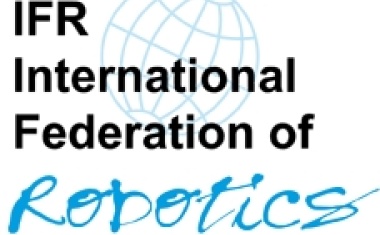
Europe's automotive industry is increasingly focusing on automation
The European automotive industry continues to invest heavily in the automation of its production, as preliminary figures from the International Federation of Robotics (IFR) show.
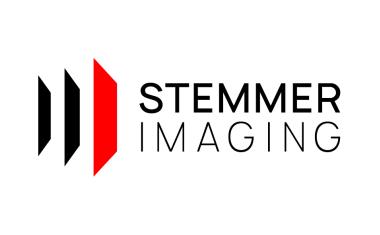
Change in management at Stemmer Imaging: Arne Dehn steps down
New interim CEO Paul Scholten takes over management

Hexagon plans spin-off
Hexagon plans to spin off its Asset Lifecycle Intelligence and Safety, Infrastructure & Geospatial divisions into a new company called Octave.




